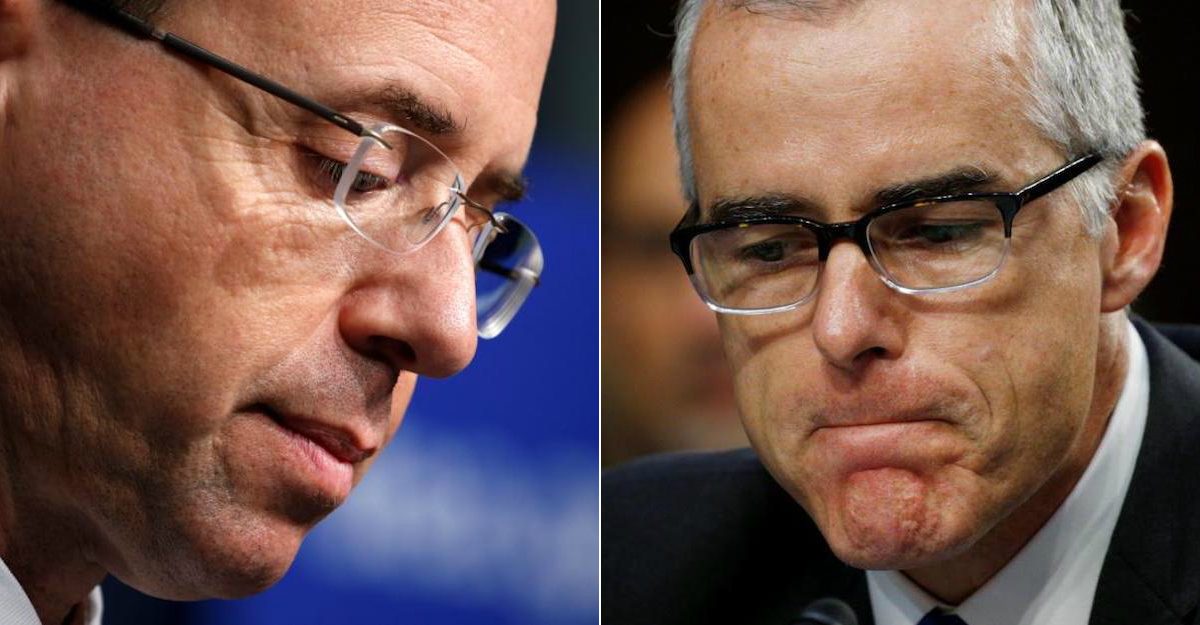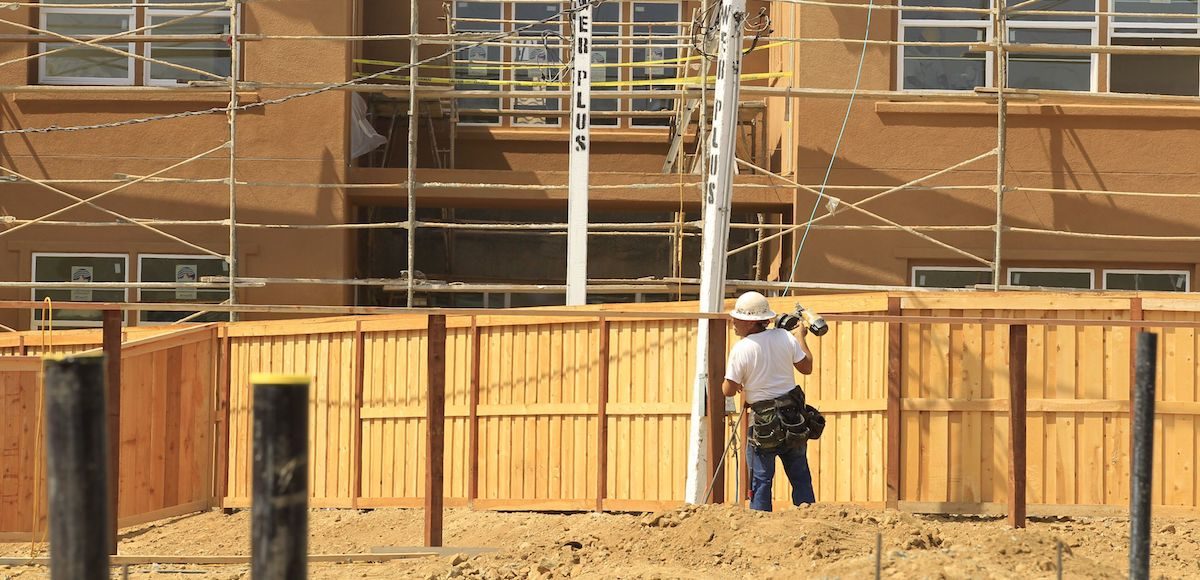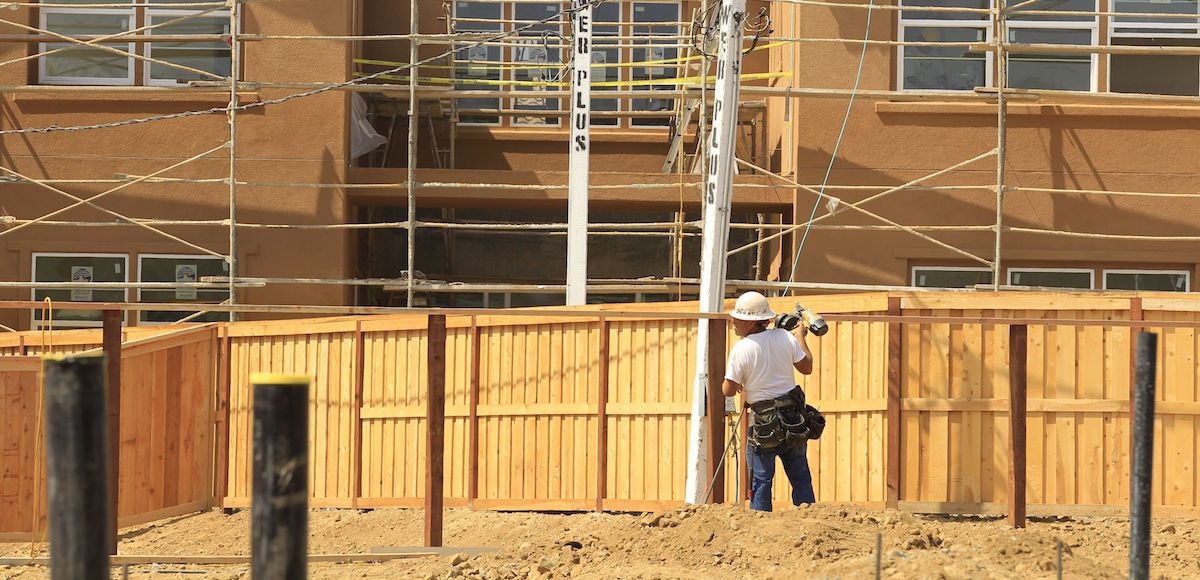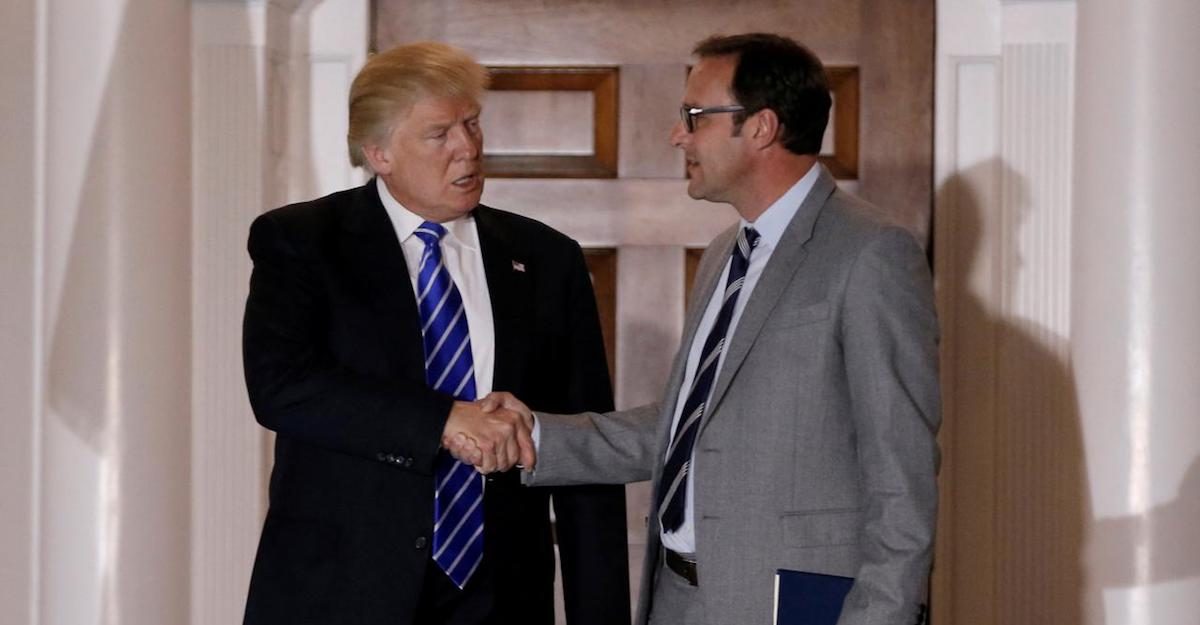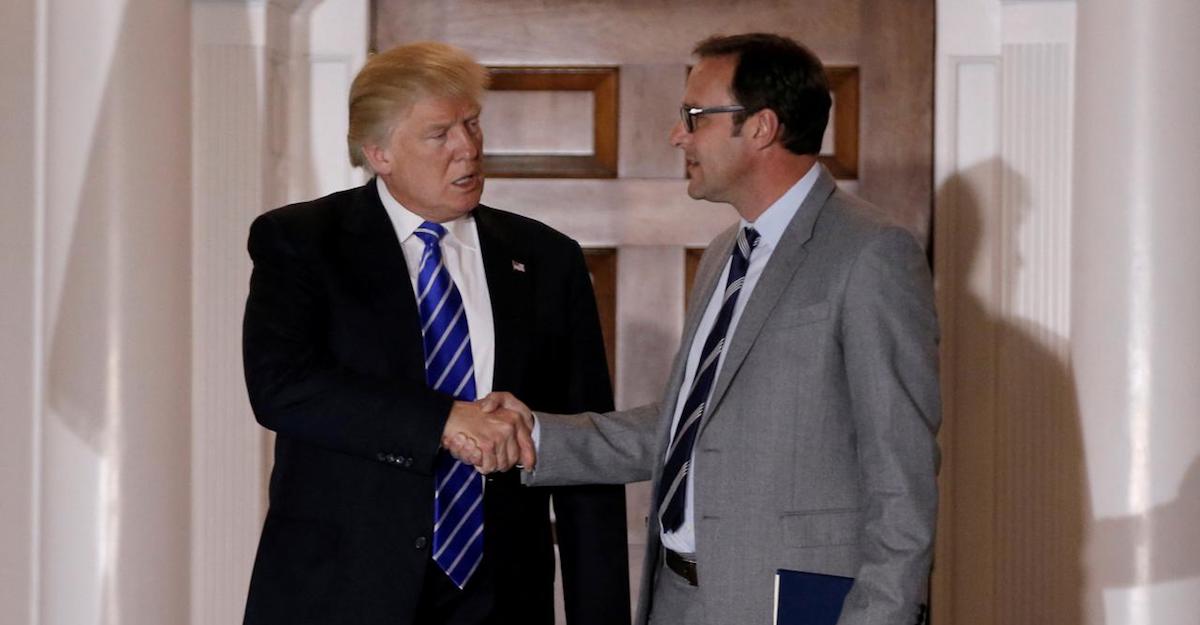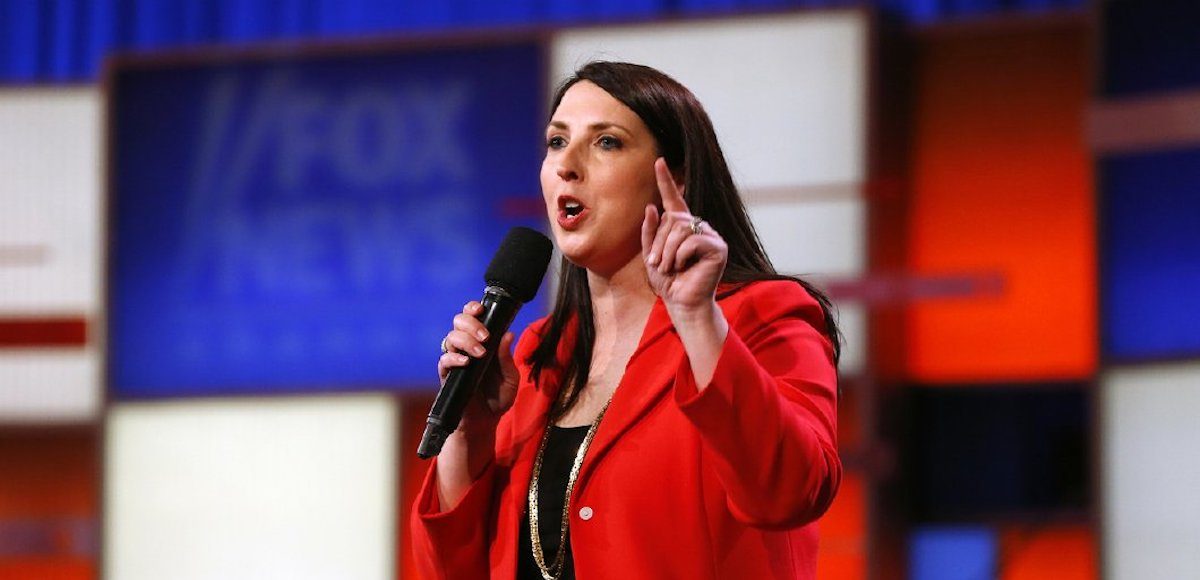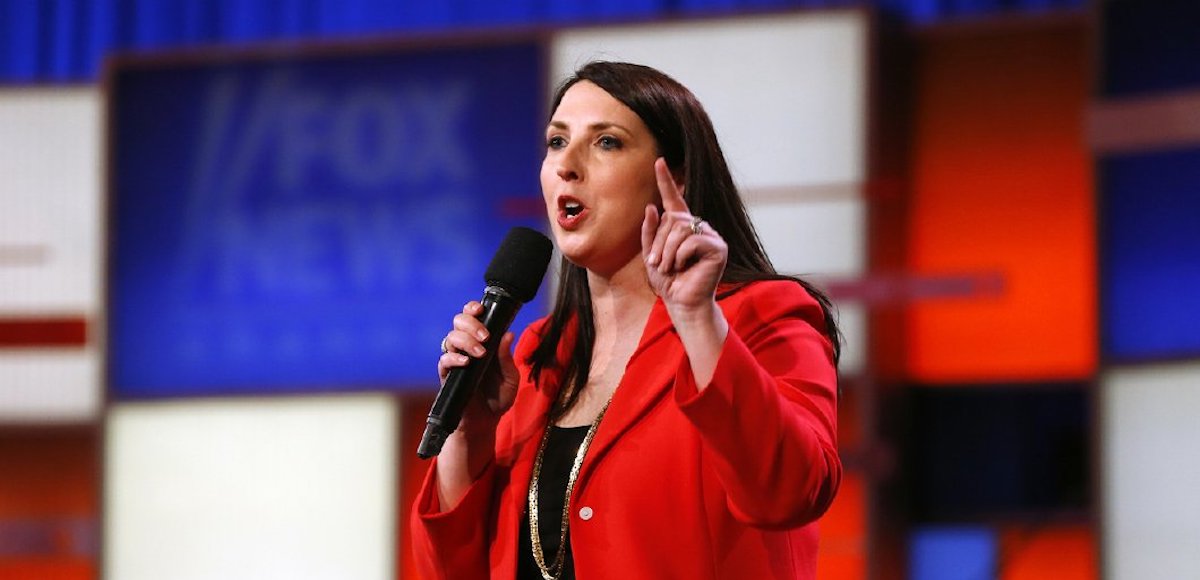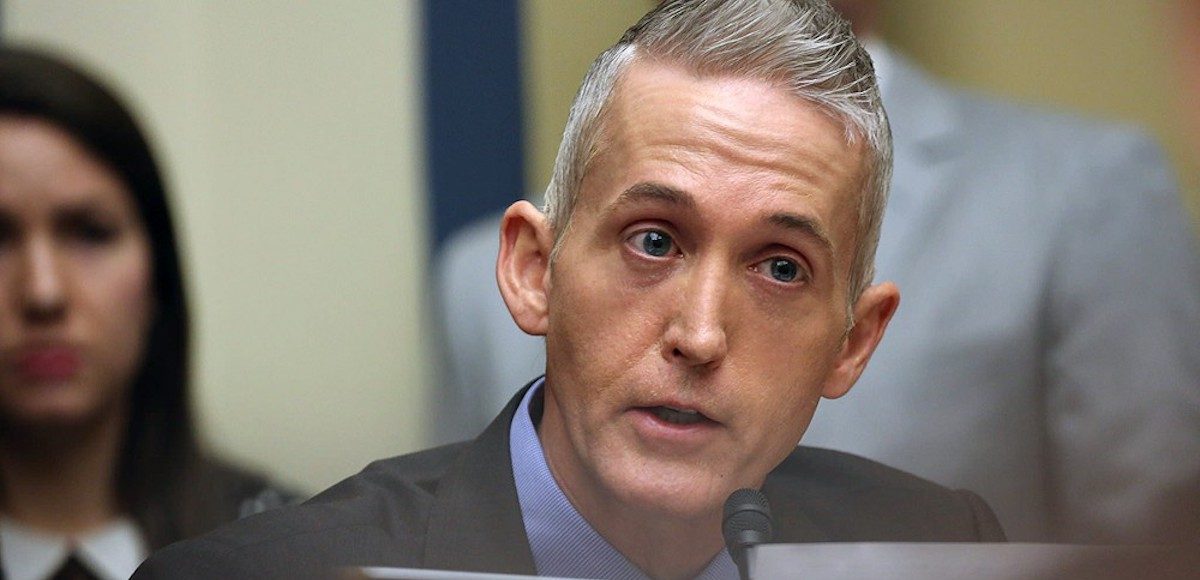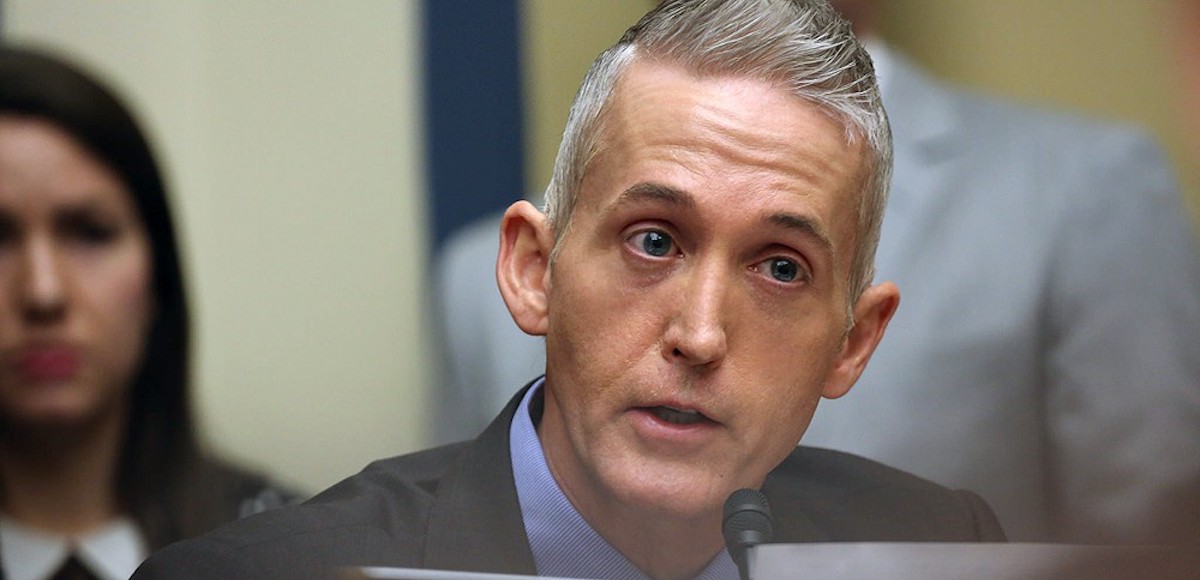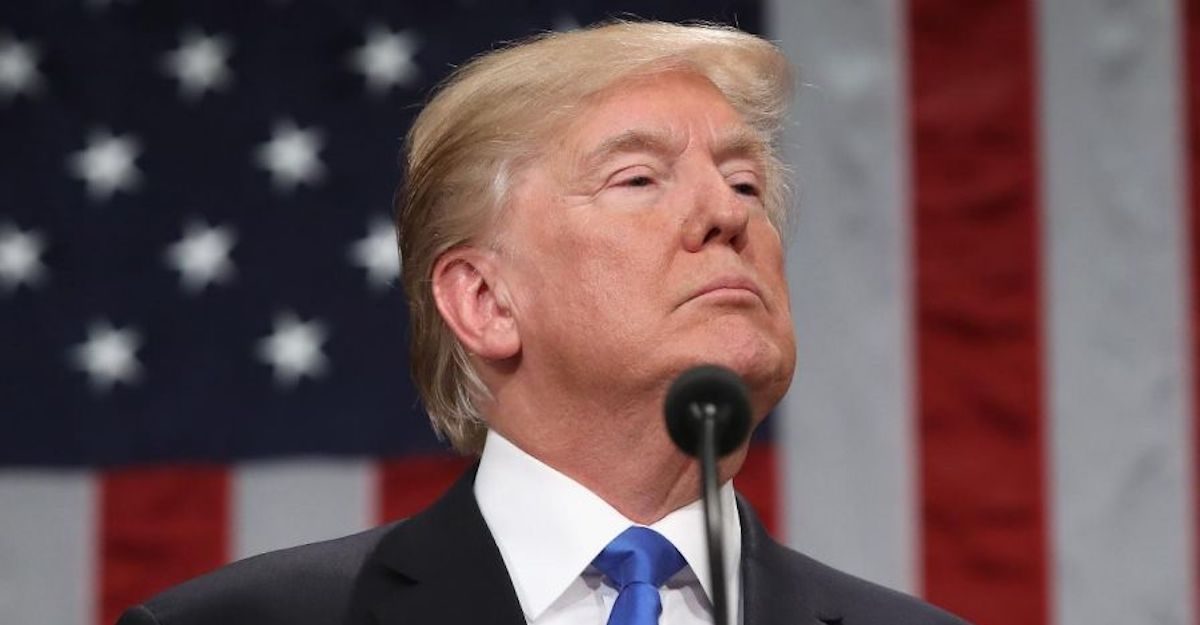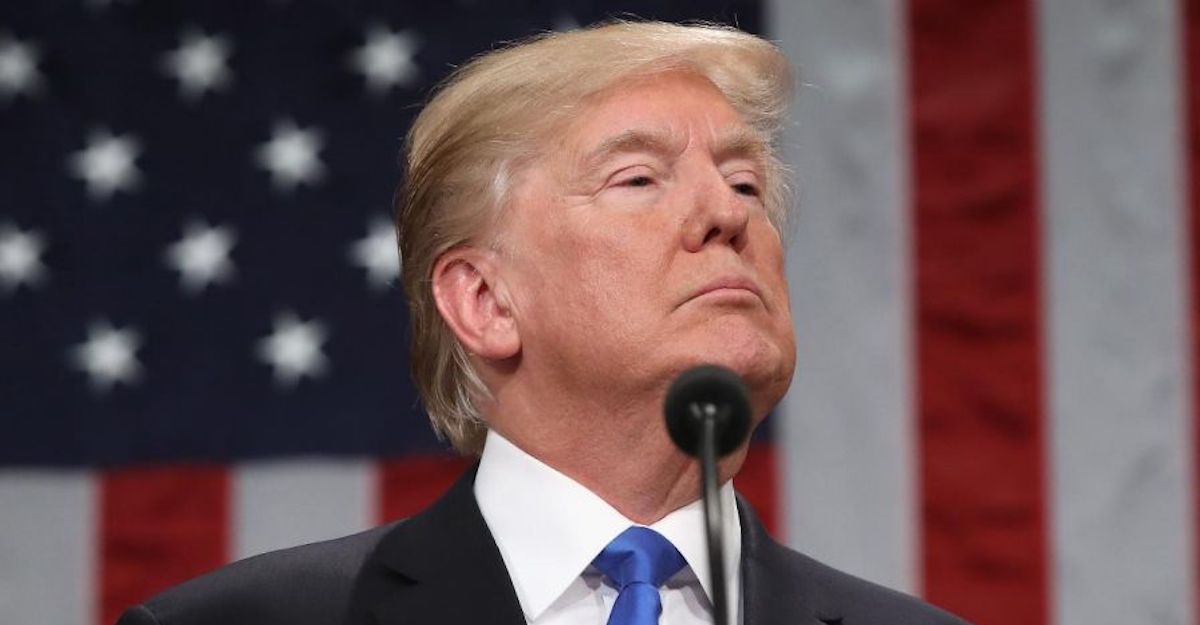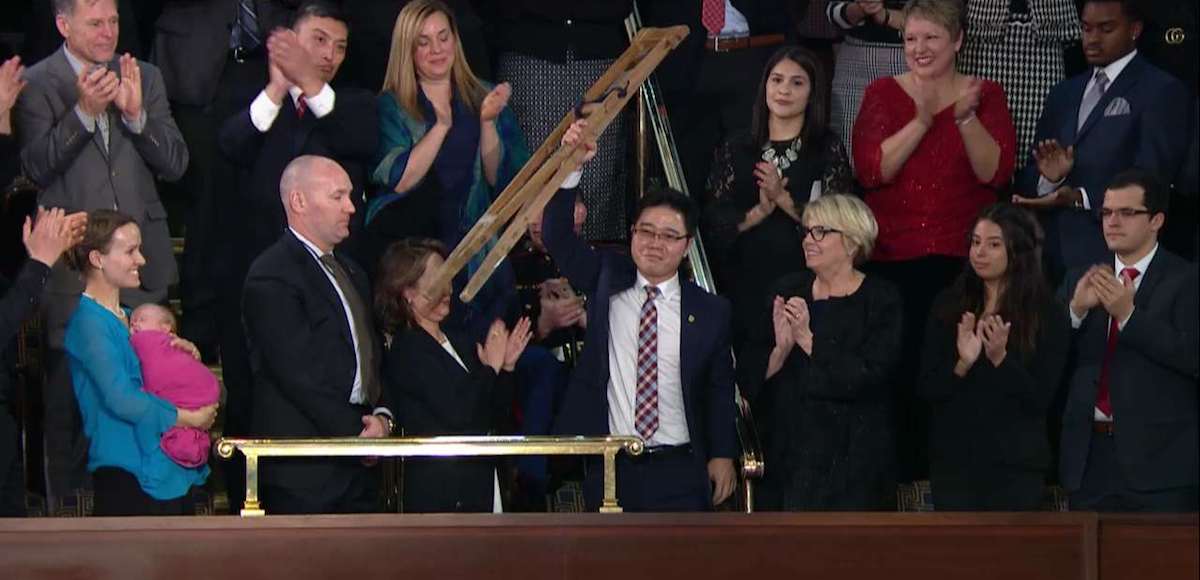President Trump to Declassify FISA Memo Detailing Spying Abuses
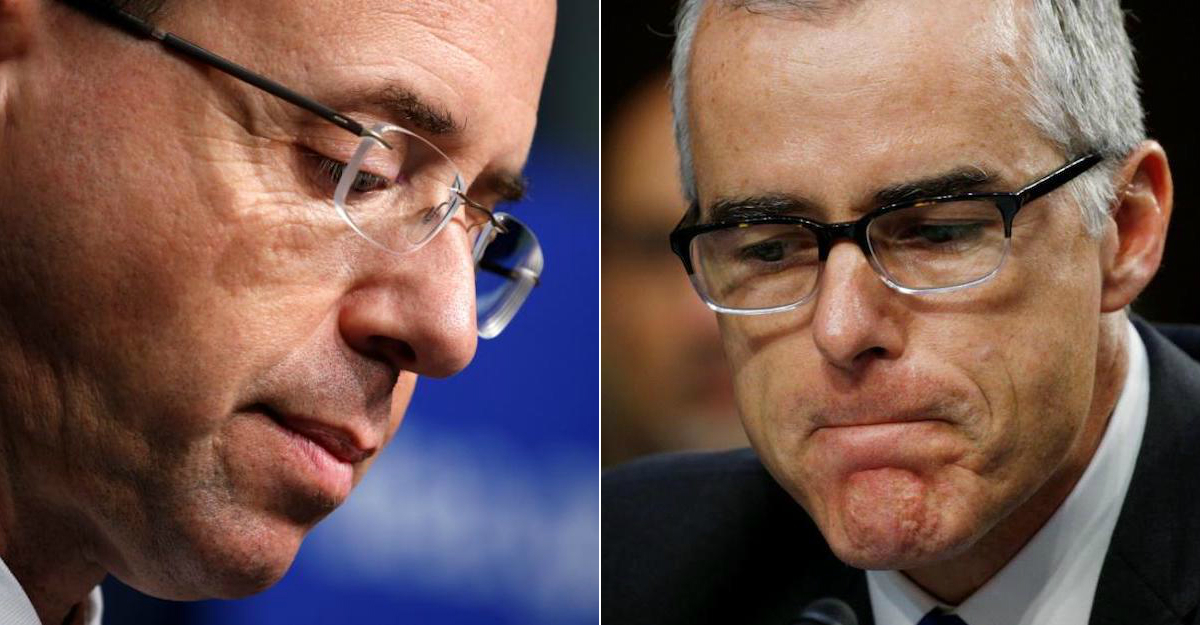
U.S. Deputy Attorney General Rod Rosenstein, left, and former FBI Deputy Director Andrew McCabe testifying before a Senate Intelligence Committee hearing on the Foreign Intelligence Surveillance Act (FISA) in Washington. (Photos: Reuters)
President Donald Trump will declassify a memo detailing abuses of secret government surveillance programs and transmit it back to the House Permanent Select Committee on Intelligence (HPSCI). The memo sent back to the HPSCI will include minimal but additional redactions, which the White House added at the request of the Federal Bureau of Investigation (FBI).
Section 702 of the Foreign Intelligence Surveillance Act (FISA) allows intelligence agencies to collect information on foreign targets abroad. However, it has been “routinely” abused and misused to spy on domestic targets, including President Trump, his associates and other U.S. citizens.
Representative Devin Nunes, R-Calif., the Chairman of the HPSCI, is expected to release the memo on Friday. It purportedly details widespread abuses and specifically names Deputy Attorney General Rod Rosenstein, as well as the just ousted FBI Deputy Director Andrew McCabe.
This week, Mr. McCabe was “removed” from his post at the FBI amid conflicts of interest and ongoing investigations of misconduct.
The FBI and Justice Department (DOJ) have desperately attempted to derail the release of the memo. They first cited potential damage to national security, but have since evolved their objections into an attack on Chairman Nunes, who fired back on Wednesday.
“Having stonewalled Congress’ demands for information for nearly a year, it’s no surprise to see the FBI and DOJ issue spurious objections to allowing the American people to see information related to surveillance abuses at these agencies,” he said in a statement. “The FBI is intimately familiar with ‘material omissions’ with respect to their presentations to both Congress and the courts, and they are welcome to make public, to the greatest extent possible, all the information they have on these abuses.”
Mr. Rosenstein himself traveled to Capitol Hill in an attempt to persuade House Speaker Paul Ryan, R-Wis., to call off Chairman Nunes.
Speaker Ryan was having none of it.
On Tuesday, he called for a “cleansing” at the FBI and supported efforts to release the memo. Freedom Caucus Chairman Mark Meadows, R-N.C., a members of the intelligence committee, called the four-page memo “shocking” and “alarming.” Another congressman likened the details to KGB tactics in the former Soviet Union.
“Regardless, it’s clear that top officials used unverified information in a court document to fuel a counter-intelligence investigation during an American political campaign,” Chairman Nunes added. “Once the truth gets out, we can begin taking steps to ensure our intelligence agencies and courts are never misused like this again.”
The memo will detail how political appointees at the FBI and DOJ under Barack Obama used an unverified opposition research document — otherwise known as the Steele dossier or Trump dossier — to illegally obtain a FISA warrant to spy on members of Team Trump. The government is prohibited from using unverified third-party information in the FISA court.
The Hillary Clinton campaign and the Democratic National Committee (DNC) paid the shadowy smear firm Fusion GPS more than $10 million for the dossier. Fusion GPS in turn hired Christopher Steele, a former MI6 British Intelligence Officer, to be the research-gatherer.
The nonprofit Campaign Legal Center (CLC) has filed a complaint with the Federal Election Commission (FEC) alleging both the Clinton campaign and the DNC violated campaign finance law by failing to accurately disclose payments for the dossier.
Rep. Adam Schiff, D-Calif., the Ranking Member on the HPSCI, has also desperately tried to suppress the memo from the public. Multiple sources tell PPD that Mr. Schiff, a notorious leaker, sought to hide the revelation that the Clinton campaign and the DNC funded the dossier from his members of the committee.
He also tried to hide that the debunked dossier was used in large part to obtain a FISA warrant.
Mr. Steele, who was the head of the Russia desk at MI6, almost exclusively used sources tied to the Kremlin and Russian President Vladimir Putin. Mr. Schiff had been making public statements sourced in the dossier during the campaign, well before it was first published by BuzzFeed.
According to texts messages between corrupt FBI officials Peter Strzok and Lisa Page, which were uncovered by DOJ Inspector General Michael Horowitz, members of the FBI and DOJ were involved in an effort to undermine President Trump before and after the 2016 presidential election.
They discussed needing to talk to “Andy” about an “insurance policy” in the event President Trump defeated Mrs. Clinton, a reference to Mr. McCabe. Subsequent texts and other reports indicate that the insurance was the so-called “Russia collusion” investigation.
Senators Chuck Grassley, R-Iowa, and Lindsey Graham, R-S.C., sent a a criminal referral to Mr. Rosenstein and FBI Director Christopher Wray to investigate Mr. Steele, citing potential violations of 18 U.S.C. § 1001, or making false statements to investigators particularly regarding the distribution of claims contained in the dossier.
Worth noting, while Director Wray has also attempted to suppress the release of the memo, multiple sources tell PPD he was “deeply disturbed” by the preliminary findings of the inspector general report.
As PPD also previously reported, the Obama Administration admitted at a FISA court hearing on October 26 (2016) that National Security Administration (NSA) intercept database searches “routinely” violated Americans’ Fourth Amendment rights.
President Donald Trump will declassify a memo detailing
